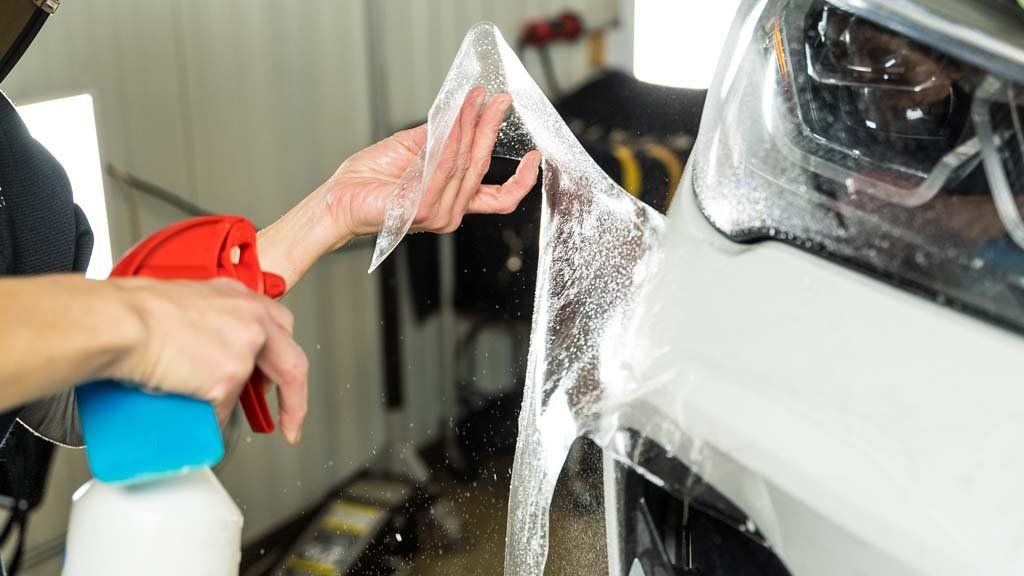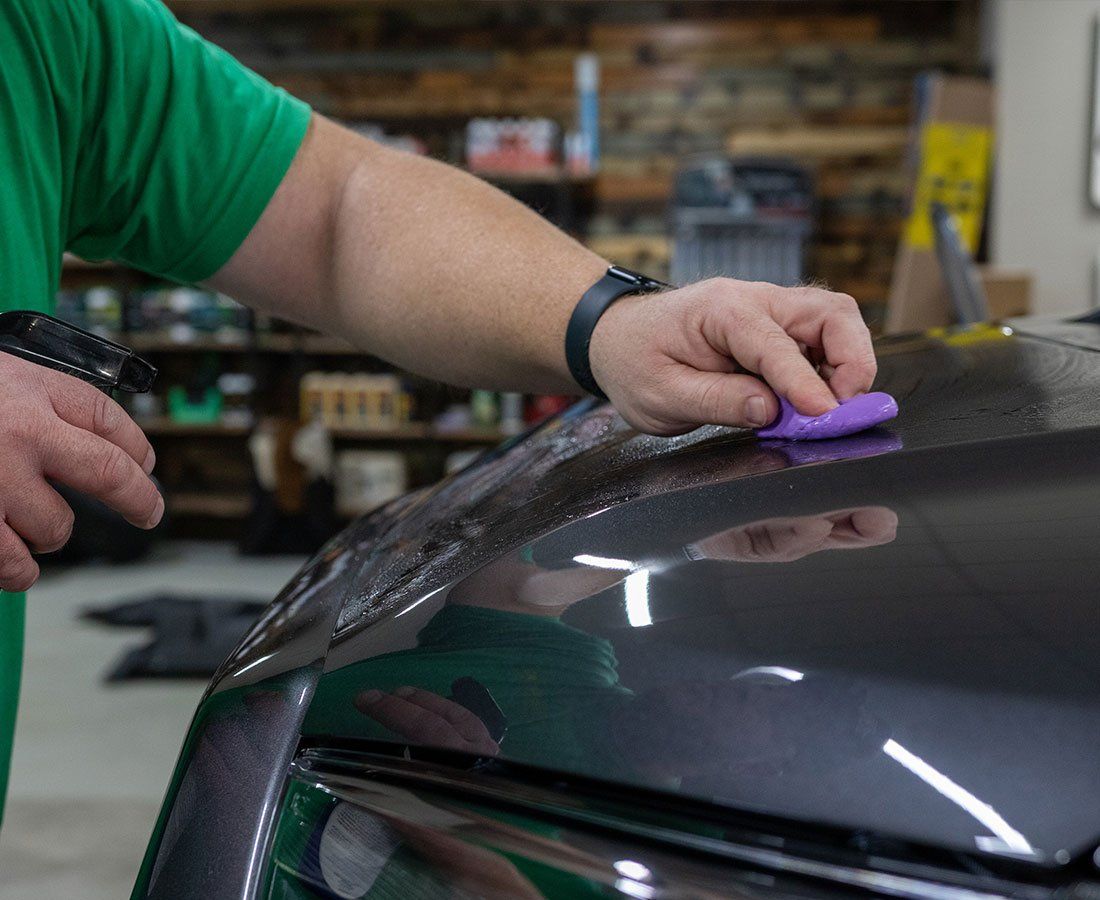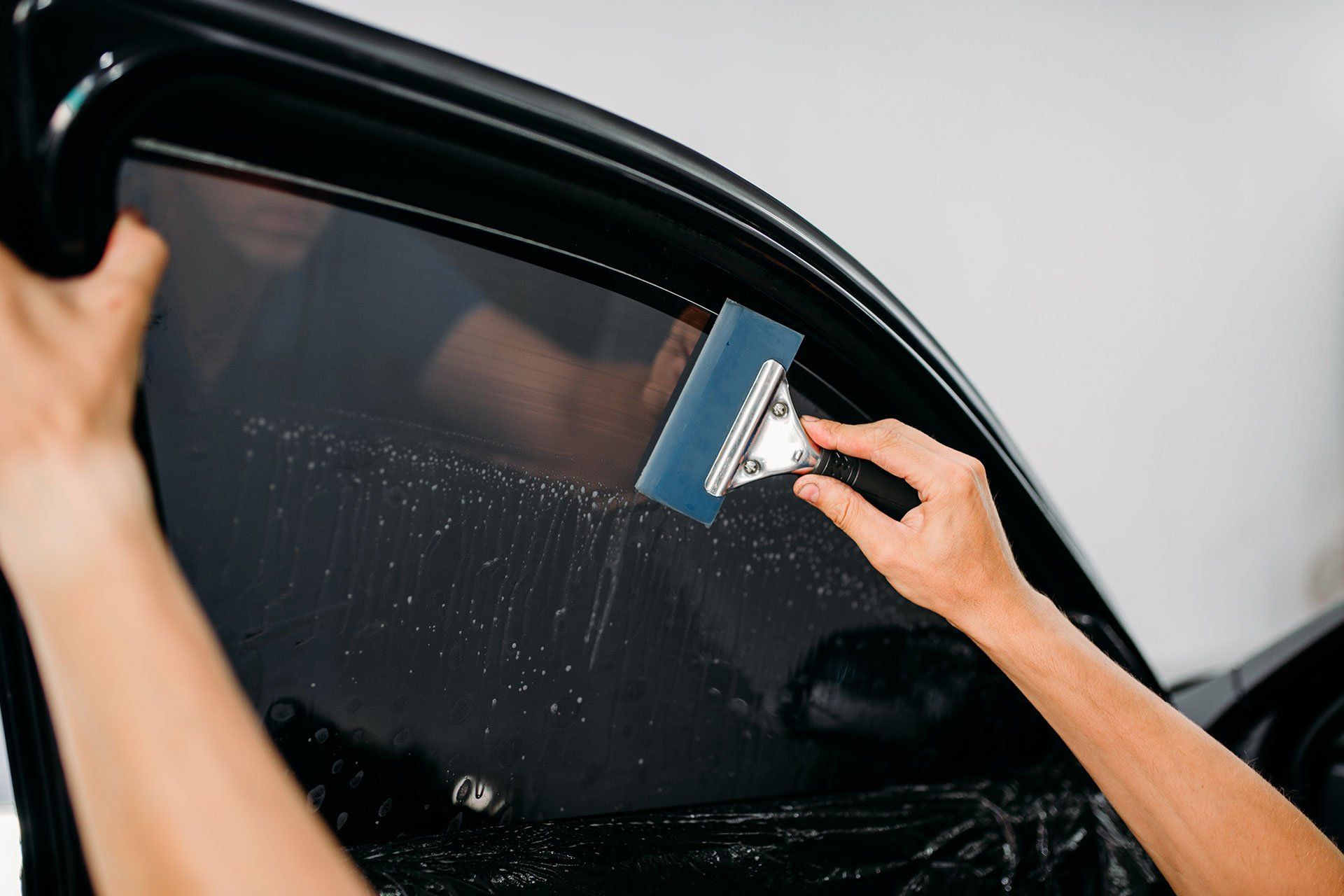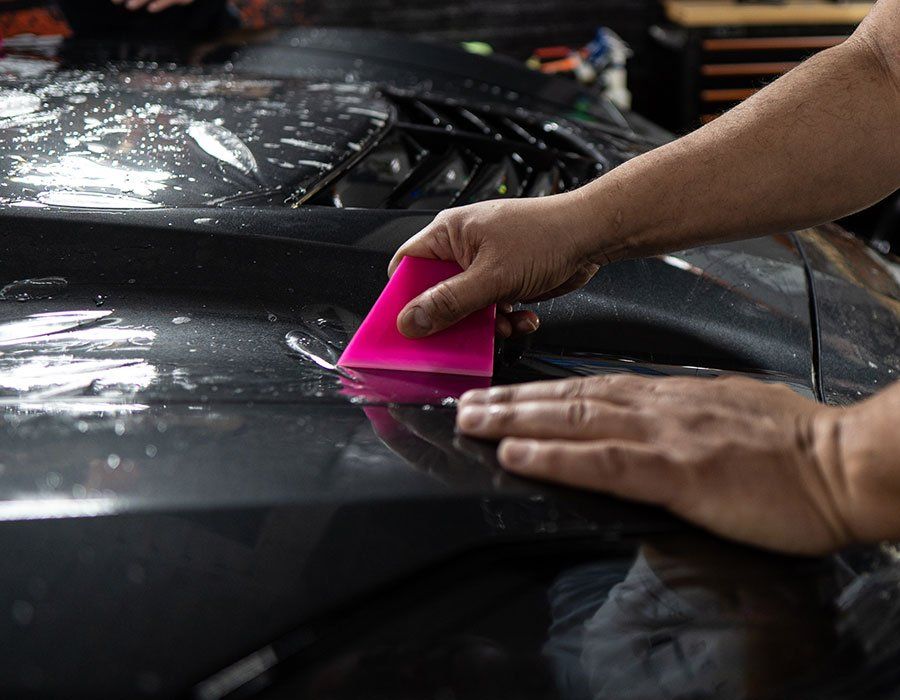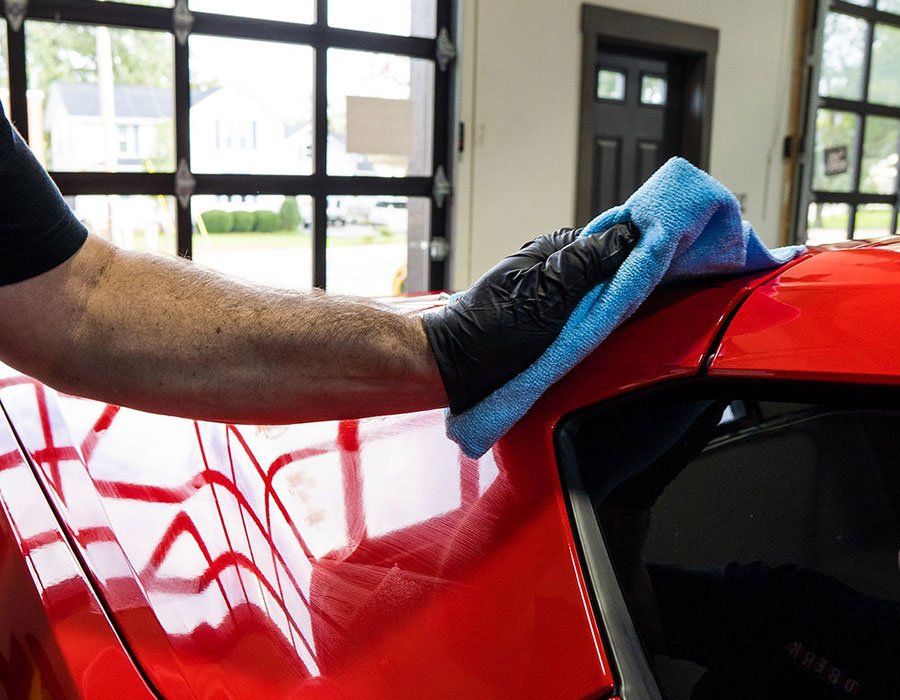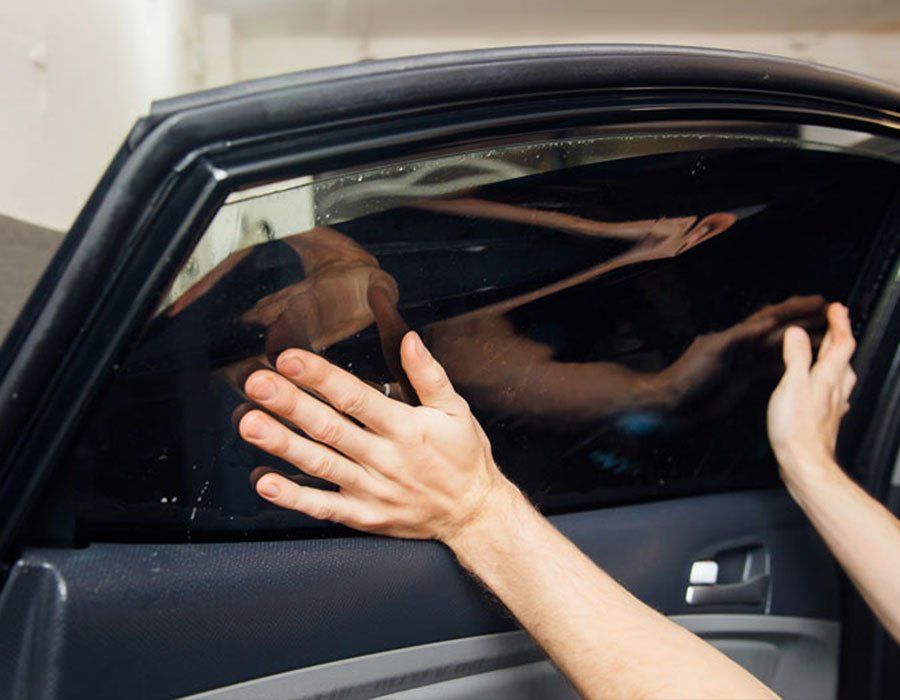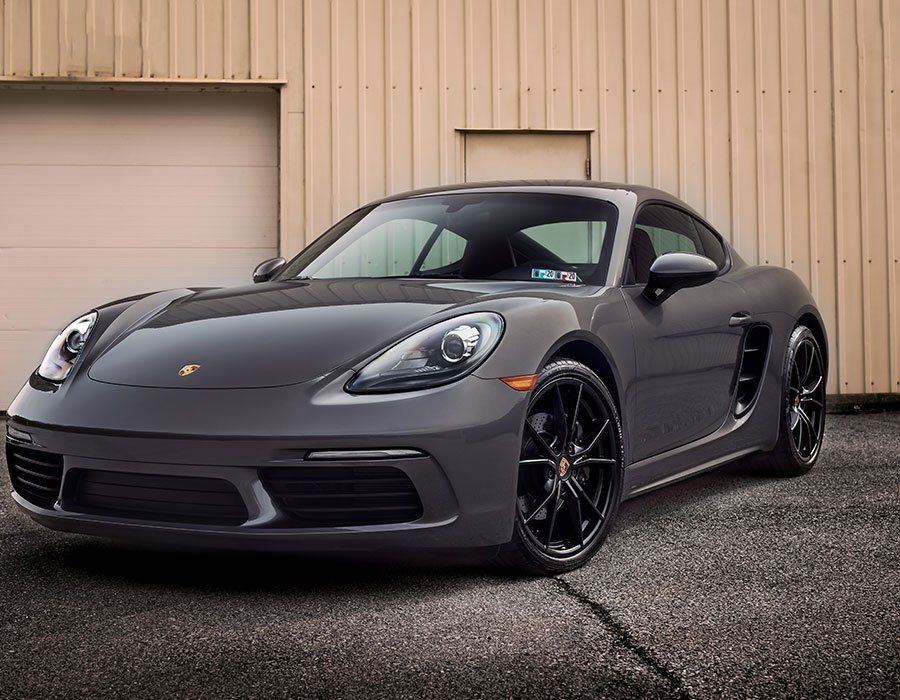After purchasing a new car, it is critical to keep the vehicle, paint, and other areas of the car in pristine condition. The paint on a vehicle is extremely vulnerable to rock chips and damage caused by other road debris or hazards encountered while driving.
This is especially true if you buy a new car that was made with more environmentally friendly paint. Even though the paint is better for the environment, the paint job will look less than pristine after driving the vehicle for a relatively short period of time. Some car owners choose to invest in paint correction for damaged painted surfaces, but this can be costly if done on a regular basis.
On the other hand, other drivers have discovered a clear film that answers all of your concerns. Paint protection film (PPF), also known as a clear bra, is applied to your vehicle's painted surface to protect it from the various hazards you may encounter while traveling.
What Are Paint Protection Films?
A paint protection film is a nearly invisible film that is applied directly to your car's surfaces to protect them from road debris, rocks, stones, pebbles, bird droppings, acid rain, insect splatter, UV exposure, and other hazards. Some vehicle owners choose to have a ceramic coating applied over the PPF for added protection.
Paint protection films date back to the Vietnam War when the US Department of Defense needed a way to keep helicopter rotor blades from being damaged by flying debris. The first iteration of the paint protection film was created after 3M was tasked with developing a product to protect the blades.
After being reimagined for civilian use as a virtually invisible (the original PPF left the surface looking hazy) and affordable film, paint protection film became a popular product. It was a huge success due to its self-healing properties and UV protection against harmful UV rays, and even NASCAR uses it for vehicle paint.
Protective Benefits of Paint Protection Film for Your Vehicle's Paint
When you invest in paint protection film, you will be able to reap many benefits that are commonly associated with a professional application. These advantages include:
- Resistance to scratches and dents caused by rock chips and other debris on the road
- Maintaining resale value in the event that you ever want to sell the vehicle
- Preservation of the original paint job, since repainting can drastically reduce the value of the car
- Keeping the aesthetic appeal of your beautiful vehicle with a clear bra
- Self-healing and self-cleaning properties that protect the vehicle's paint and prevent you from having to wash it all the time
To learn more about all of these great benefits and to schedule an appointment for one of our highly trained and certified technicians to apply film to your car, contact Auto Film Guys.
Do I Need to Hire a Professional to Apply Paint Protection Film to My Cars?
Professional installation is required for the best paint protection film protection. At Auto Film Guys in Tampa, Florida, our team is highly trained and understands how to apply paint protection film without damaging the paint on your vehicle. We use cutting-edge technology and equipment to complete the application, and we guarantee that you will be satisfied with the results.
We only use the best paint protection films available on the market: XPEL and STEK PPF. Both of these require expertise and training to properly apply, so you can be confident that your vehicle's paint will be protected by a professionally installed paint protection film.
At Auto Film Guys in Tampa, you can choose from 3 different levels of packages, depending on your driving style and needs. These include:
- Level 1: Full Front (prices start at $1,999.95)
- Includes front bumper, full hood, mirrors, and full front fenders
- Level 2: Track Pack (prices start at $2,499.99)
- Includes everything on Level 1 plus rocker panels, headlights, fog lights, and impact rear fenders
- Level 3: Full Monte (prices start at $6,499.95)
- It includes everything from the Level 2 package plus the rear bumper, trunk, full rear fenders, front and rear doors, roof
To discuss these packages with our trained paint protection film experts, contact us today.
Contact Our Tampa, FL, Auto Shop to Discuss Stain Resistance and PPF
We are your go-to professionals for paint protection film application in Tampa at Auto Film Guys. We are committed to assisting you in protecting the paint on your vehicle, and we are happy to discuss the benefits of paint protection film (PPF) and ceramic coatings. Call now to make an appointment or request a quote for your vehicle.
The Auto Film Guys Blog
